A day like many other, and like no other day. Awake past dawn from a dream with a surprise, an old car parked in the garage of my old house in the woods. The day is alive with sunshine bright, warm and ready for bees. I watch CMU's sweepstake buggy races on the internet. The trees reach into my kitchen, and yank me outside, and the birds do say: why do you waste this day inside? You are right, I retort. So I spend the day with the birds singing surreal spring songs. I, in my way, plant flower and tomato seeds and ride bicycle high and low in the air with wind in my hair. To end a day like this is a thing to regret, but what better way than with symphonic music to hear, so I do it that way, my way.
The Pittsburgh Symphony appears, and I take my seat, turn off my cell phone, with ample cooperation, and made ready to enjoy the concert. Hushed silence, then the orchestra begins their warm up, the sound like no other, individuals all playing, nothing coordinated, yet it sounds so familiar, and sounds rather fine; how could that be, no composition, no rhyme, no reason, yet it sounds good to me.
Rachmaninoff, what more can I say? A concert filled with Rachmaninoff, the icing on top of the day. Goose bumps, appear on my neck, when the music commences, with Vocalise, music Conductor Slatkin dedicates this selection to the recently slain officers in Pittsburgh, and accordingly, he asked for a moment of silence after they play. This composition was perhaps unlike anything done before by Rachmaninoff. There was drama between sections of the symphony, and that accords places for sweet solos from the oboe, horn, cello and others. This time I hear no coughing in the audience, this time I heard pure music, I can hear each section, and drink in the music, with pure appreciation.
Rachmaninoff, Symphonic Dances: A simple story that I invent while listening to this music:
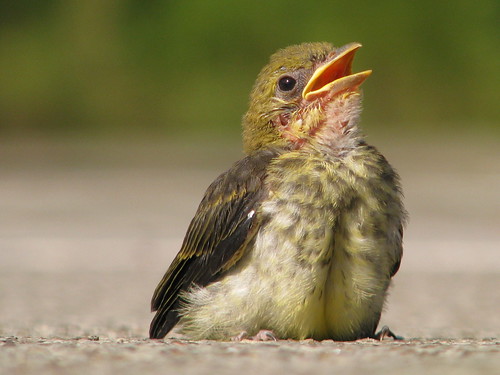
A bird soars back to her nest, beside the egg is a baby, hatched just the other day, she feeds him. He hops to the side of the nest, ready to fly -- no, my little one, not quite yet, you are not ready, if you try now you will get hurt, I must protect you until you are ready. He hops down and waits. The mother flies off in search of more food. The baby is belligerent and stubbornly tries to fly, and comes crashing down and is injured. First flight this time was to no avail, but the baby perseveres. He hops about and manages to find a high place to try again. He will try the flight of the gliding bird, bounding first then flapping, take to the air, spread his wings, then keep them still, try to glide, that is his goal. His plight is on display, sometimes falling down. His desire is represented by robust, loud, rhythmic, spirited passages, looming near a precipice, and about to dive forth, as if over a waterfall, and when this happens, it is only luck that brings him softly down in a soft, gently flowing, meandering stream and around a bend and into a bed, whence and as if that is where he had started, but not really. Adept at determination, he tries again. Flutter, perhaps his chance at flight is taking off a little, it could be done, it can be achieved, if only, but, plop, back down again.
Next movement brings a waltz, 3 um-pah sounds beneath his wings. Now we see a hawk in the guise of an altered horn, the odd sound that brings his menacing purpose home. The hawk, as is his nature, will eat a baby bird, but if he gets the chance, it will be to find a way to maximize his gain, he must have more than simply this one lone morsel. The baby continues on his quest to learn to fly, it's difficult from the ground, no perch to perch upon, so he continues to try from rocks and with hopping bounds. Low keys abound in the sound coming from the orchestra, this represents the overture of the hawk, he is now soaring above the baby bird. He talks to the baby. He convinces him that he is his mother. That he can be good for him, and the baby, filled with hope, instantly believes him. The hawk gives him food and teaches him a better way to fly. And he lures him to the hawks way of thinking, with nothing to interfere. But the baby has an innate nature, and that nature cannot be denied.
The baby bird escapes the clutches of the hawk. His scurry is frantic, his directions are wild and his wings fluctuate as he attempts a dive to avoid the chasing hawk. But his attempt is futile, the hawk recaptures the baby. But this time there is recapitulation, there are many other baby birds in the capture of the hawk. They all begin to sing, a song of different sounds, each their own, each an individual voice. These add up in syncopated sublime instantaneous coordination. But the wind is blowing. The wind dampens their song. Now a flock appears, a flock of adult song birds, who join the chorus. The sound is beginning to be loud and is culminating in a harmonic vibration all based on a single note, which happens to be the base frequency and harmonic resonant core vibration for the glass cages that hold the babies. It cracks. They are free, and the flock is too big, so the hawk flies away. Many individual voices, acting in unison with tempo and volume, was simply too much for him.



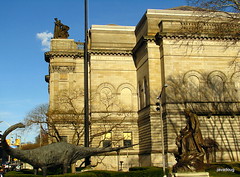

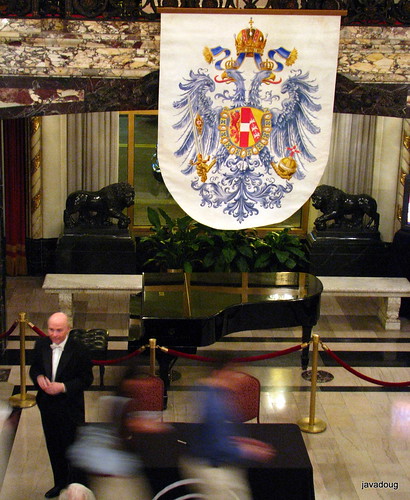

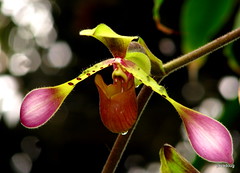
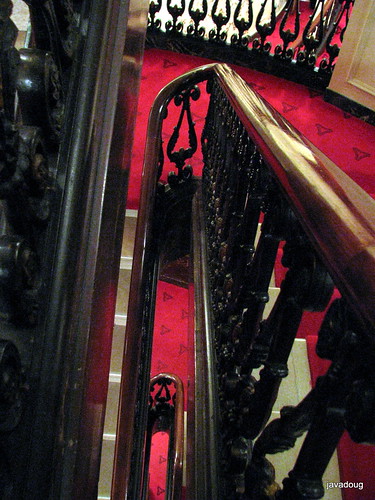




 or traveling to our lucky city this weekend, to 'feel' like you are at the inauguration. Attend a concert at Heinz Hall this weekend, sit back, listen to the Pittsburgh Symphony Orchestra and our guest artist perform the new work composed by John Williams specifically for the inauguration, close your eyes, and pretend you are at the inauguration. Or, better yet, pretend you are at warm and cozy Heinz Hall, because that's a lot more comfortable than the National Mall at 30 degrees Fahrenheit today. I'll be at Heinz Hall this weekend, I've had my ticket since last August, and now I hear the pleasant surprise.. These are the details that were just sent to me:
or traveling to our lucky city this weekend, to 'feel' like you are at the inauguration. Attend a concert at Heinz Hall this weekend, sit back, listen to the Pittsburgh Symphony Orchestra and our guest artist perform the new work composed by John Williams specifically for the inauguration, close your eyes, and pretend you are at the inauguration. Or, better yet, pretend you are at warm and cozy Heinz Hall, because that's a lot more comfortable than the National Mall at 30 degrees Fahrenheit today. I'll be at Heinz Hall this weekend, I've had my ticket since last August, and now I hear the pleasant surprise.. These are the details that were just sent to me: One very interesting addition to the concerts this weekend: tomorrow, Gabriela Montero will be playing as part of a brief musical performance between the swearings-in of the Vice President and the President. The piece is a new, short work for violin, cello, clarinet, and piano composed specially for the occasion by John Williams and is called "Air and Simple Gifts". The other performers at the inauguration will be Itzhak Perlman (violin), Yo Yo Ma (cello), and Anthony McGill (clarinet). Right after the event, Miss Montero will get on a flight for Pittsburgh.
One very interesting addition to the concerts this weekend: tomorrow, Gabriela Montero will be playing as part of a brief musical performance between the swearings-in of the Vice President and the President. The piece is a new, short work for violin, cello, clarinet, and piano composed specially for the occasion by John Williams and is called "Air and Simple Gifts". The other performers at the inauguration will be Itzhak Perlman (violin), Yo Yo Ma (cello), and Anthony McGill (clarinet). Right after the event, Miss Montero will get on a flight for Pittsburgh.
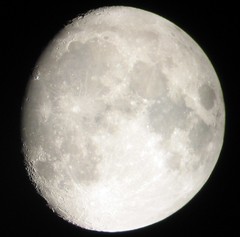
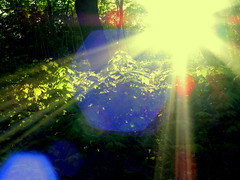

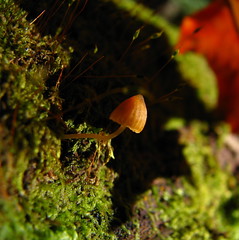


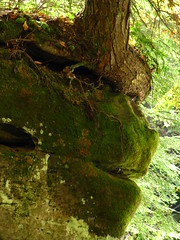
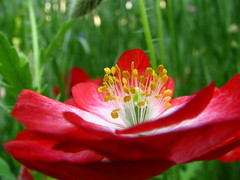










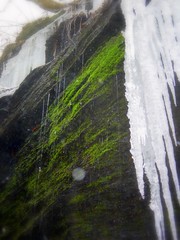


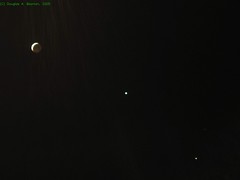


Diese Übersetzung ist für Manfred Honecks und andere Deutsch sprechende Freunde von der Pittsburgh-Symphonie:
Als nächstes: Honeck und Beethoven, eine passende Kombination. Ich habe zugeschaut, habe ich Meister Honecks dirigieren gesehen, und dann sah ich wirklich. Ich sah seine Bewegungen, seinen Stil, seine Interpretationen, seine pizazz, seine Mechanismen, sein Gemüt, und die Musik, die zu hören war, und es war schön.
Honeck hat einen besonderen Stil, aber es gibt viel mehr als das, eine Art Substanz, die in der Universalsprache klassischer Musik buchstabiert wird und mit abstraktem Temperament fließt, eingesponnen in spezifische Anweisungen für das Orchester und jeden einzelnen Musiker. Honeck bringt mir eine prächtige Wiedergabe von Beethoven Symphonie Nummer sieben, vielleicht mein Lieblingsstück, wenn man ein Lieblingsstück wählen kann. Diese Symphonie wird eröffnet mit einer langen Einführung zum ersten Satz, wie die ersten Schritte in eine schön bewaldete Landschaft, dann beginnt schließlich der ganze Satz.
Die Bewegungen Honecks werden im Dirigieren zusammen geführt/gefasst. Handbewegungen nach links und rechts, weiches Schwingen vor und zurück , das ansteigende Volumen anzeigend, dann für einen weicheren ruhigeren Teil, eine gerade aufrechte Haltung und einfache Bewegungen mit dem Stab. Der Dirigent hat eine Begabung für eine sanfte Sprache, und im Satz ist es fast das Gleiche-- ich meine, dass er sich nicht viel bewegt, seine Statur ist gerade und fein, und groß, und dann plötzlich, seine runden, sich wiederholenden Armbewegungen und das feine Auf und Ab seines Körper , die sich in fließenden und effektiven Ausdruck physischen Gefühls mit dem Orchester verbindet. Sie antworten. Der Klang ist perfekt, wie diese Symphonie von Beethoven, die perfekte Symphonie, das perfekte Orchester, und der beste Dirigent für das Spiel: eine große Kombination.
Der zweite Satz, einer der berührendsten Sätze, die ich kenne , beginnt fast geisterhaft. Er kommt diesmal mit erhabener Wirkung daher. Jetzt denke ich zurück an die Verbindung der Musikstücke des heutigen Abends, die Transfiguration. Diese Bewegung ist die Transfiguration von Beethoven, es gibt sonst nichts Vergleichbares. Es transzendiert meine Seele, geht tiefer und ruft mehr Gefühl als jede andere Musik hervor, die ich kenne. Das Tempo ist gut, aber ich merke, dass ich mehr will und doch ist es vorbei.
Jetzt der dritte Satz , was für eine Veränderung! Es ist alles wieder Teil desselben Themas, die Transfiguration: diesmal aus der tiefen Bewegung zum presto ,chango, und voila -- wechselt es die Gangart zu einem schnelleren Schritt , fast wie ein Rennen. Jetzt ist es Spaß mit einer Art verspielter melodischer Klänge, es lässt meine Füße mitfedern, und meine Beine sich bewegen, und ich sehe das gleiche beim Dirigenten: er springt und bewegt sich und bewegt wieder das Orchester zu dieser freudigen Musik.
Schließlich gehen wir vom schnellen zum schnellsten, letzten Satz. Es ist jetzt wirklich fast wie ein Rennen. Wenn ich sehe, wie Manfred Honeck diese Bewegung dirigiert, beginne ich wahrhaftig, die Verbindung zu Beethoven zu sehen. Und jetzt stelle mir ich vor, wie es sein muss, Beethoven selbst zu sehen. wie er diese Symphonie zum ersten Mal dirigiert. Und ich höre es ebenso.
Honeck wirkt fein, ernst , frei und dennoch effektiv beim Dirigieren. Nachdem die Musik beendet ist, gönnt er uns schließlich ein Lächeln , so breit und überfließend, dass es ansteckend wirkt, und diese Wirkung zusammen mit der schönen Musik vom Pittsburgh Sinfonieorchester beeinflusst das ganze Publikum. Schneller als ich es je zuvor gesehen habe, ist es auf den Füßen um ihm zu applaudieren. Und wir werden mit einer symphonischen Zugabe belohnt, er und der PSO geben uns eine Vorschau vom Konzert, das sie auf der Reise in einer Woche in China spielen werden. Wir hören den letzten Satz von Haydns Symphonie Nr. 88, und es war eine solche Freude!
(I started to translate this to German myself, but enlisted the aid of a friend from Germany. Danke!
http://www.flickr.com/photos/17878093@N05/
)